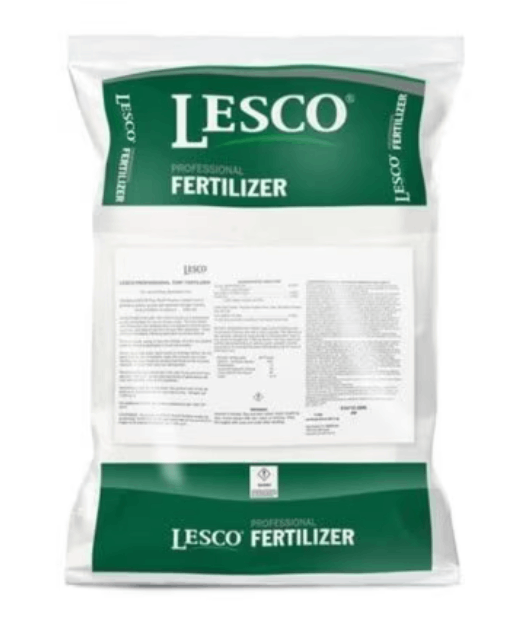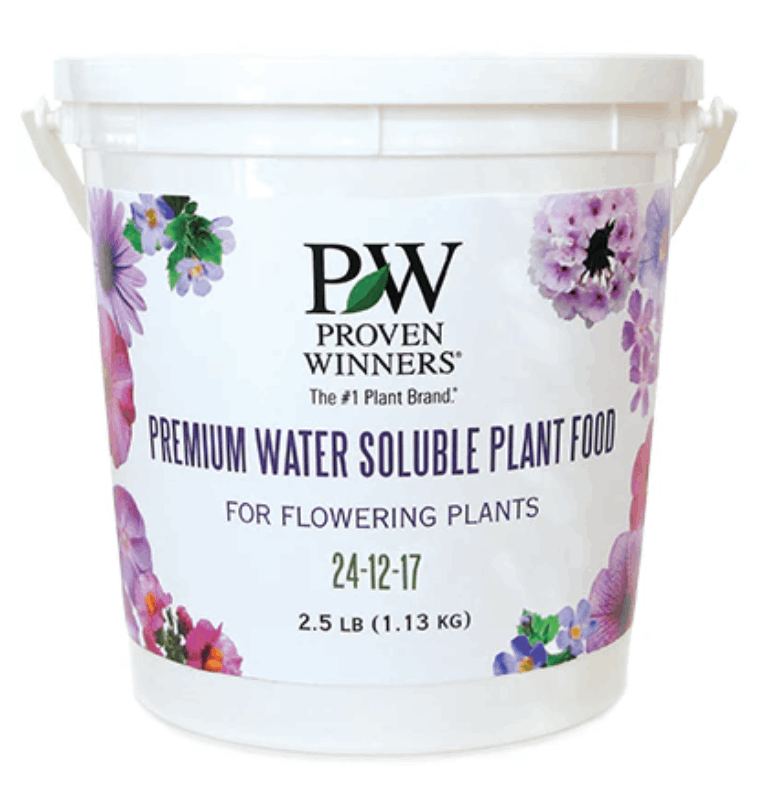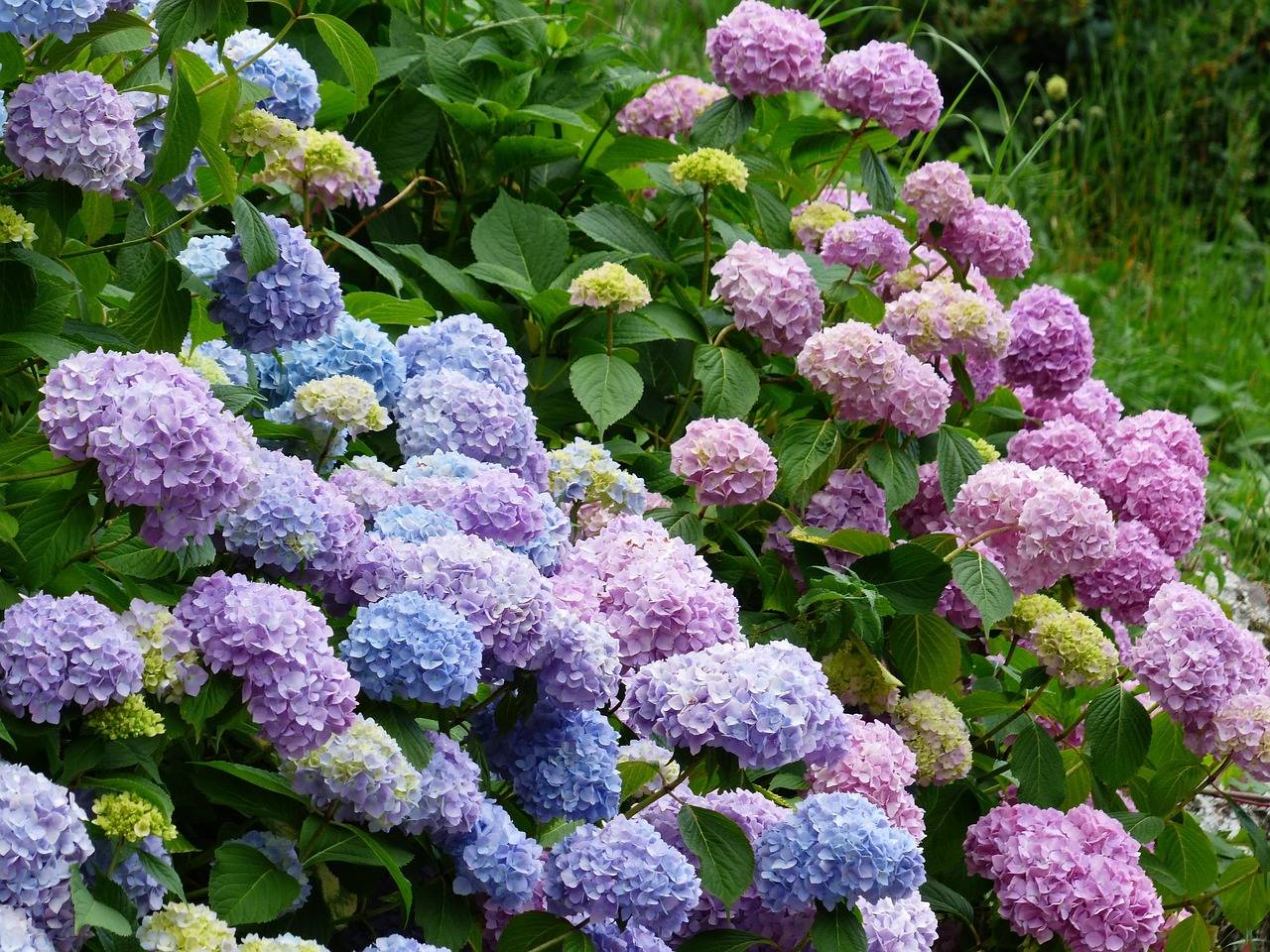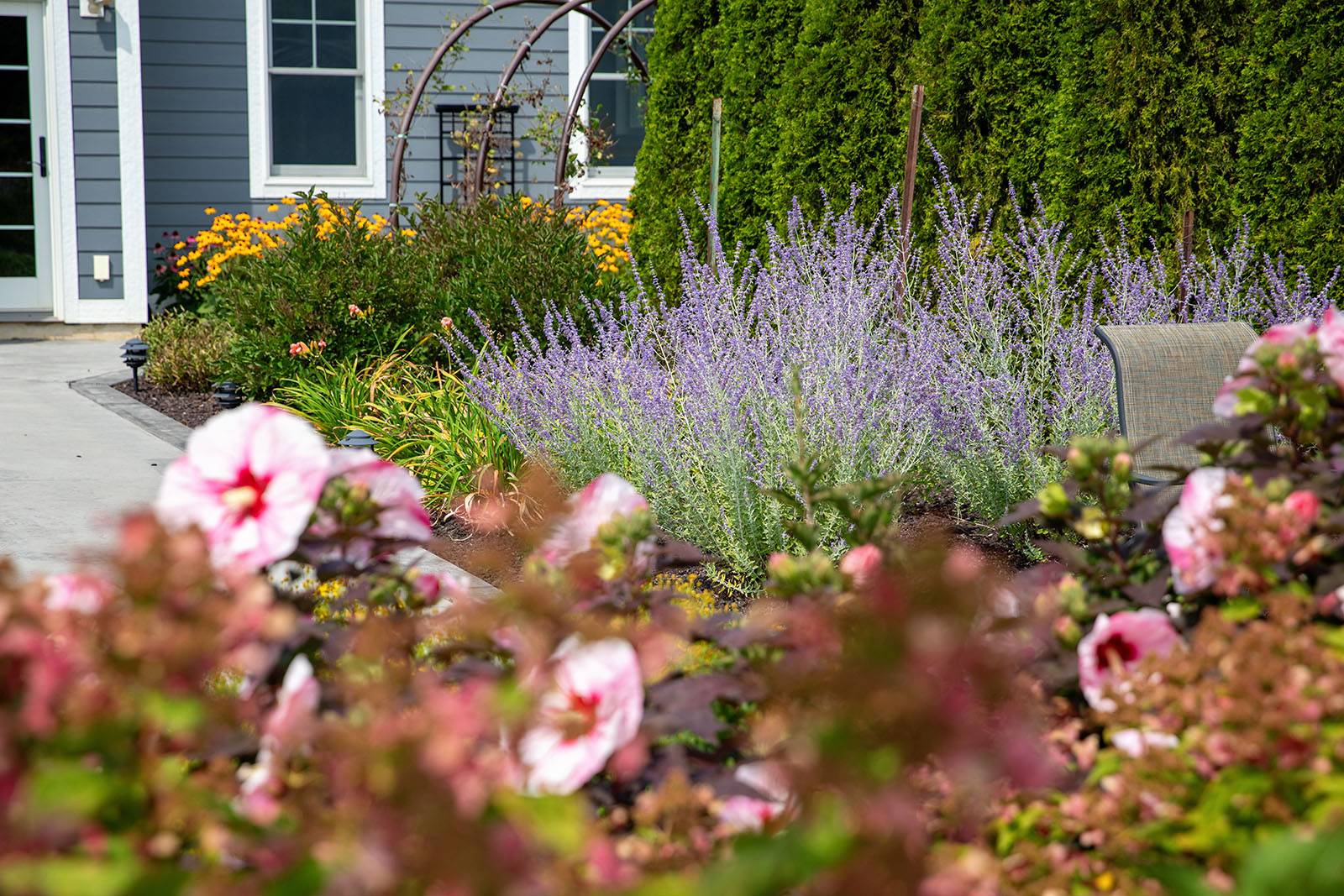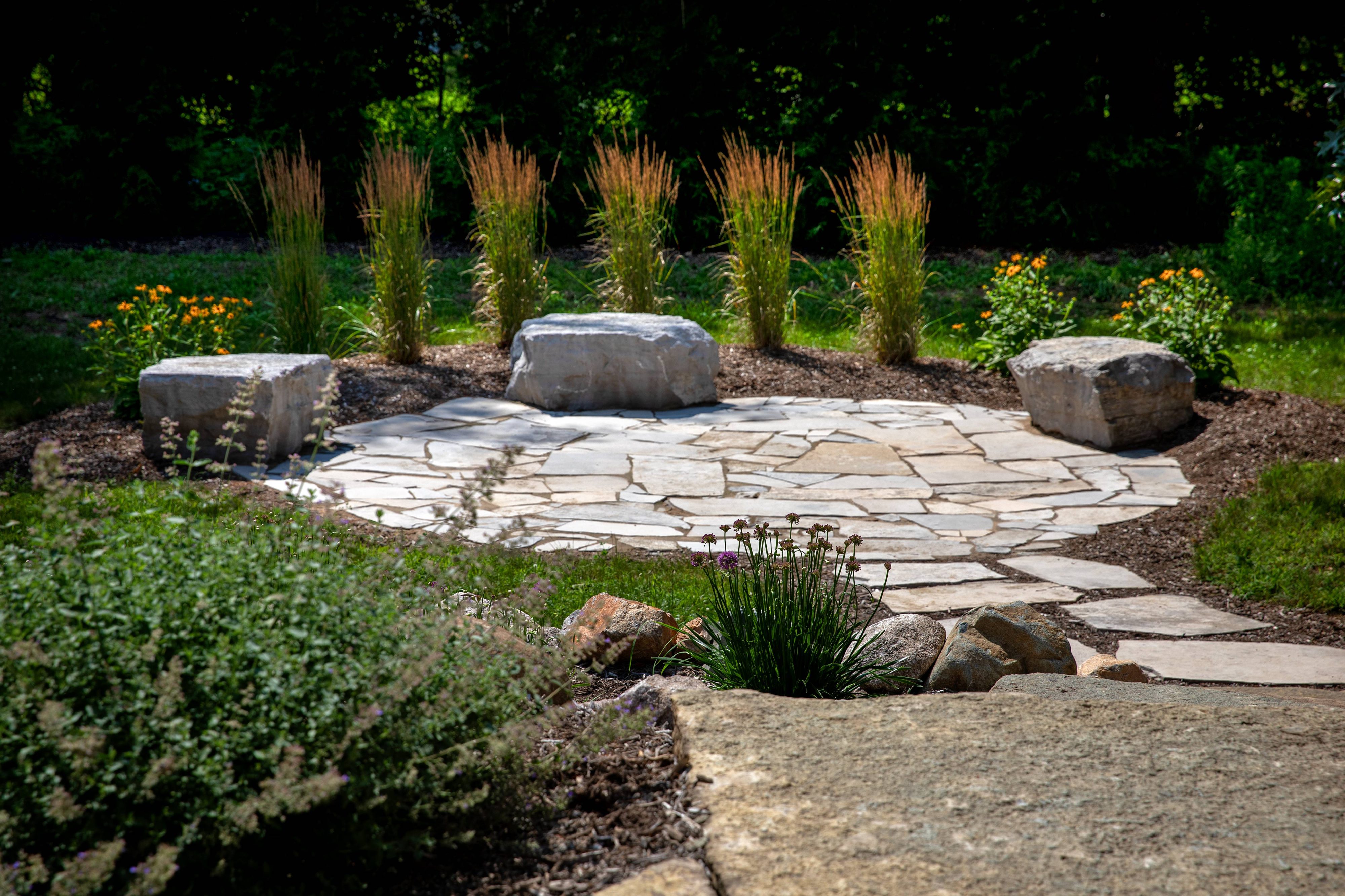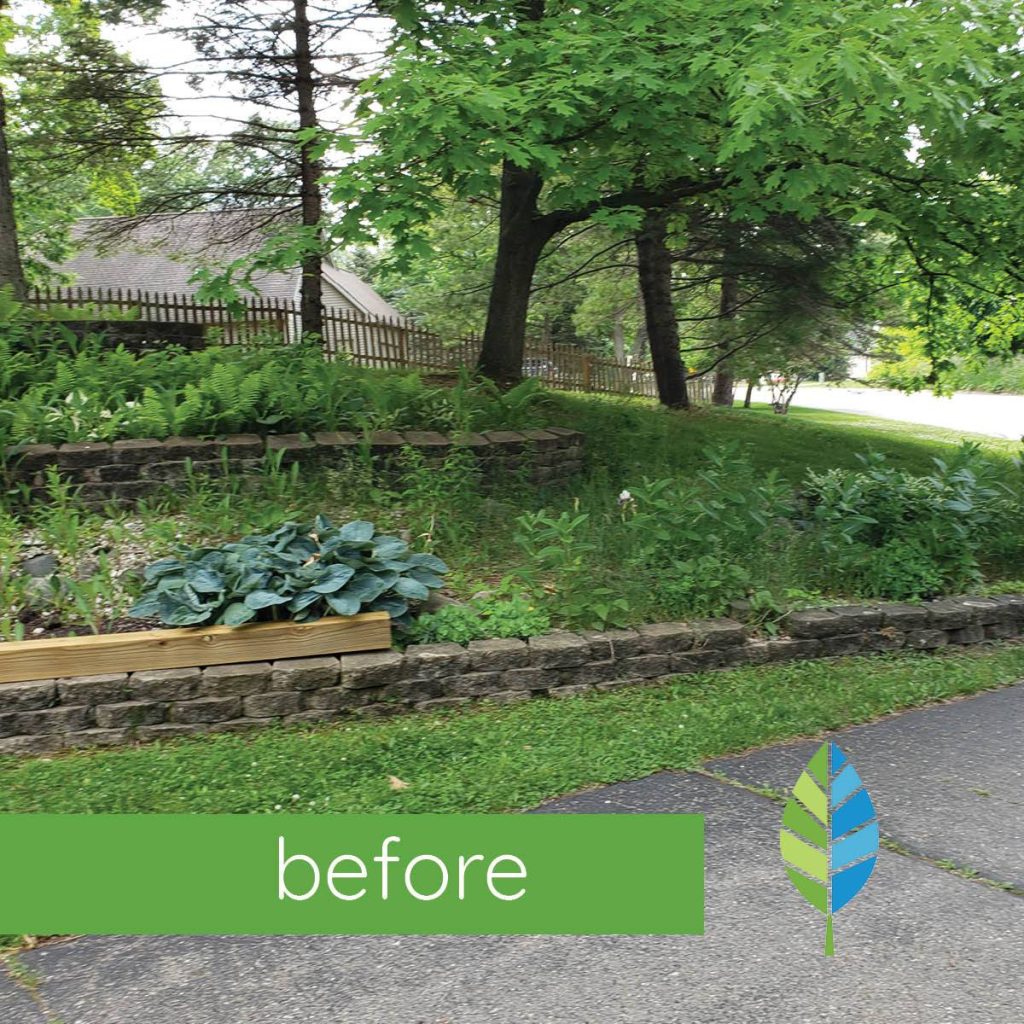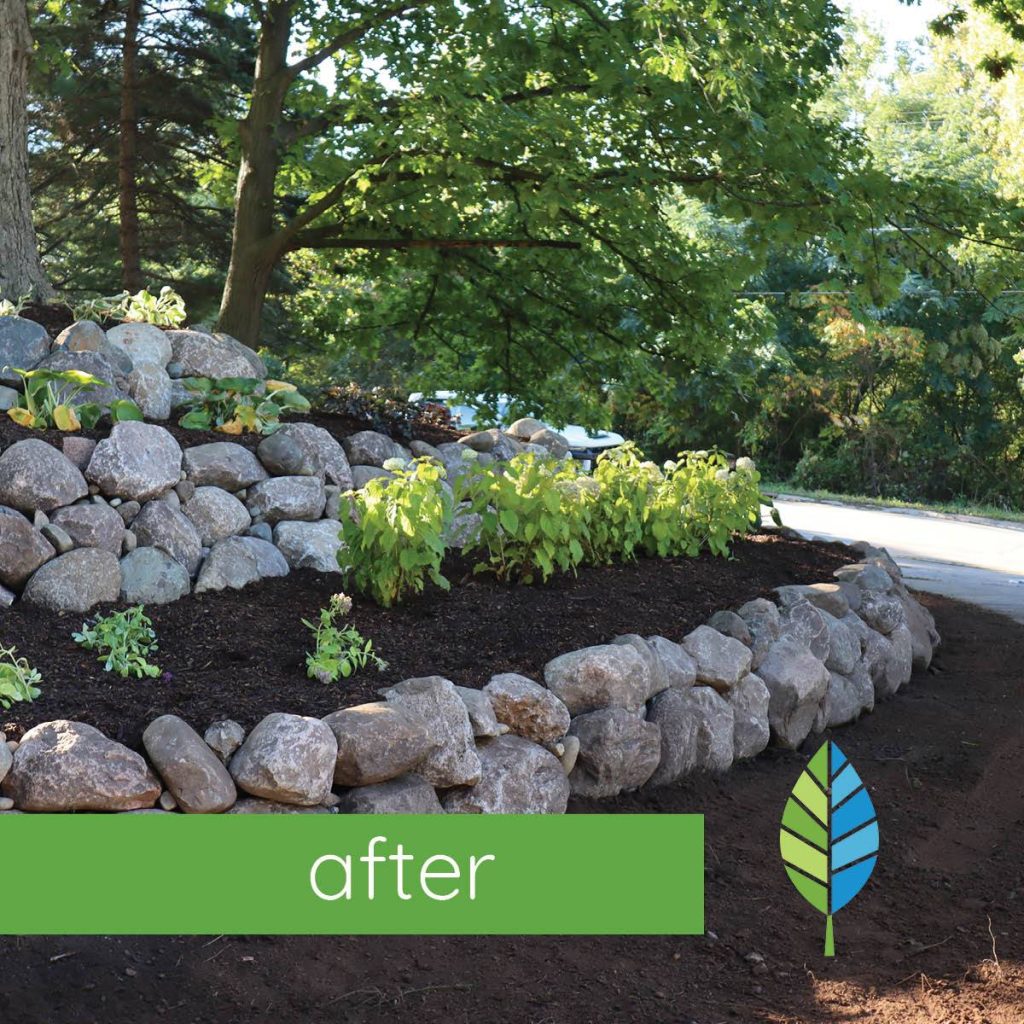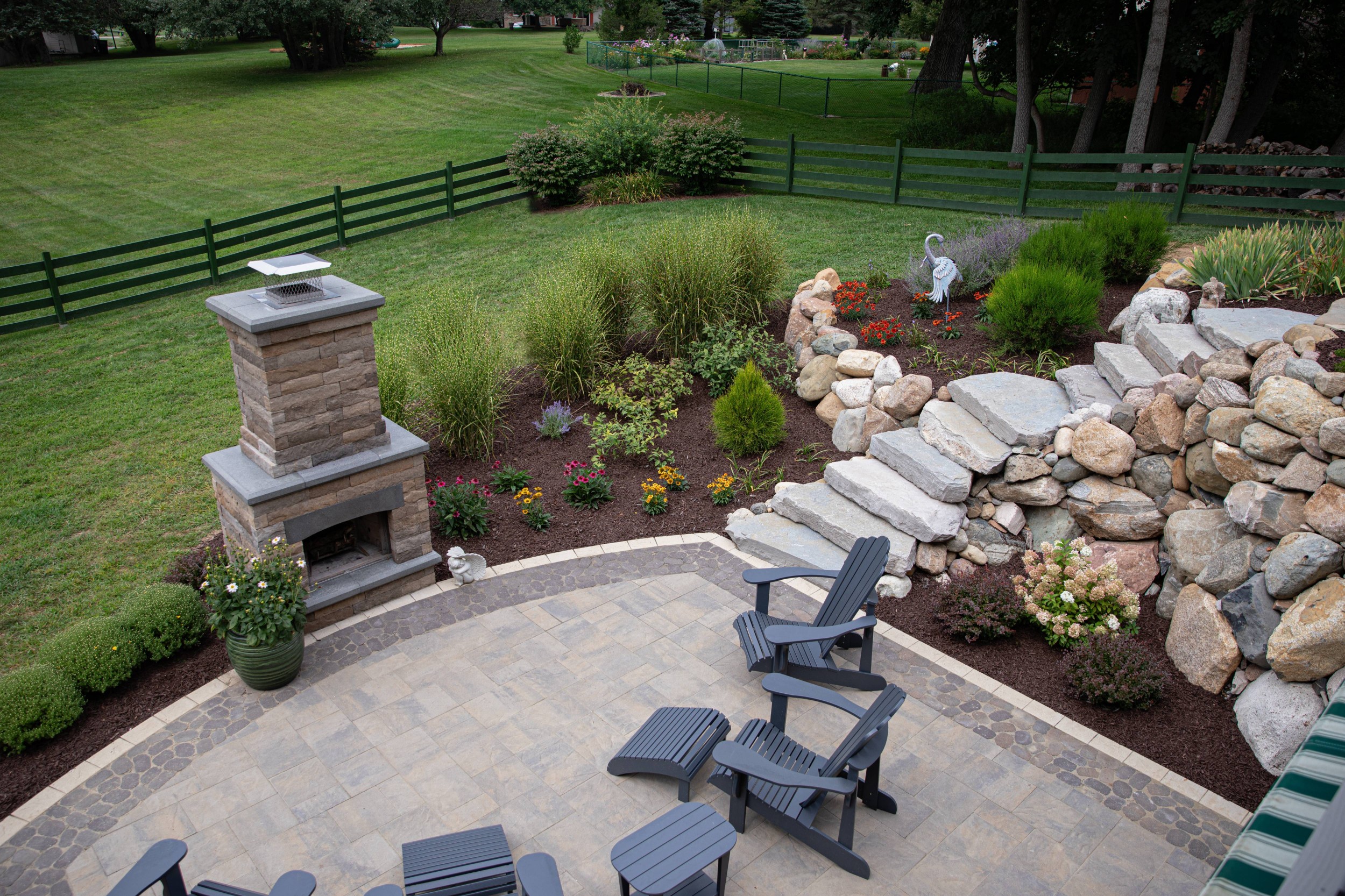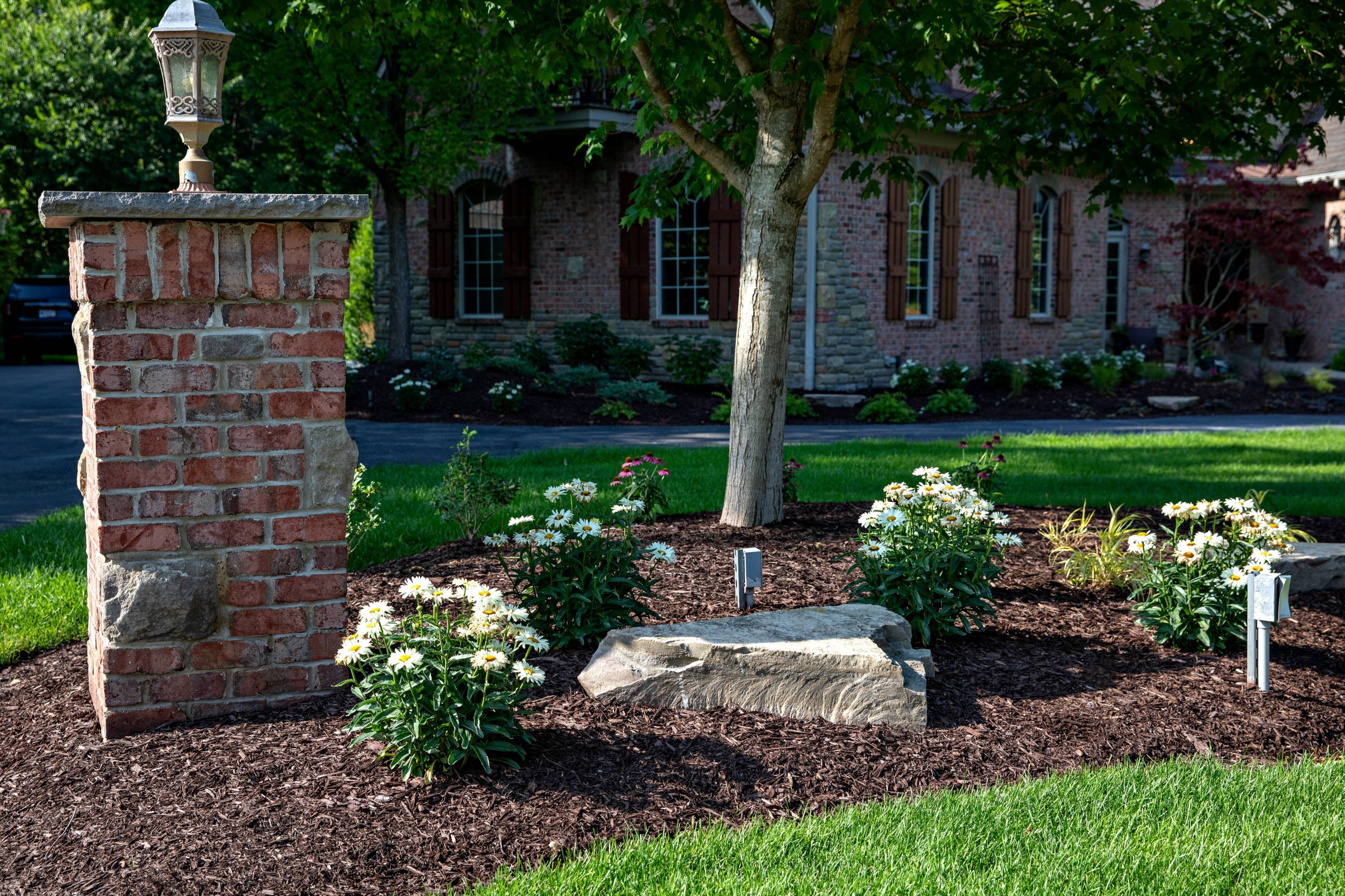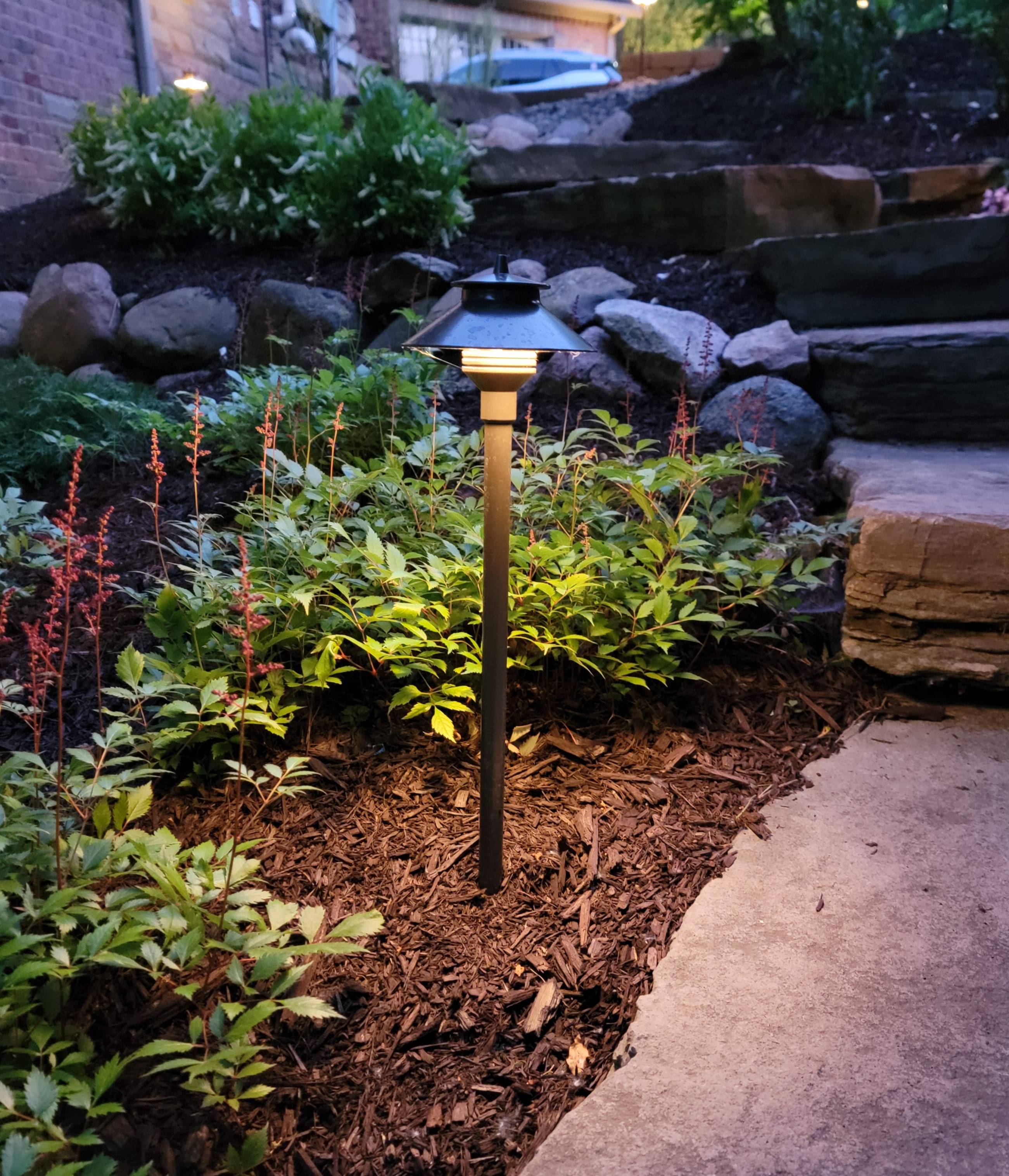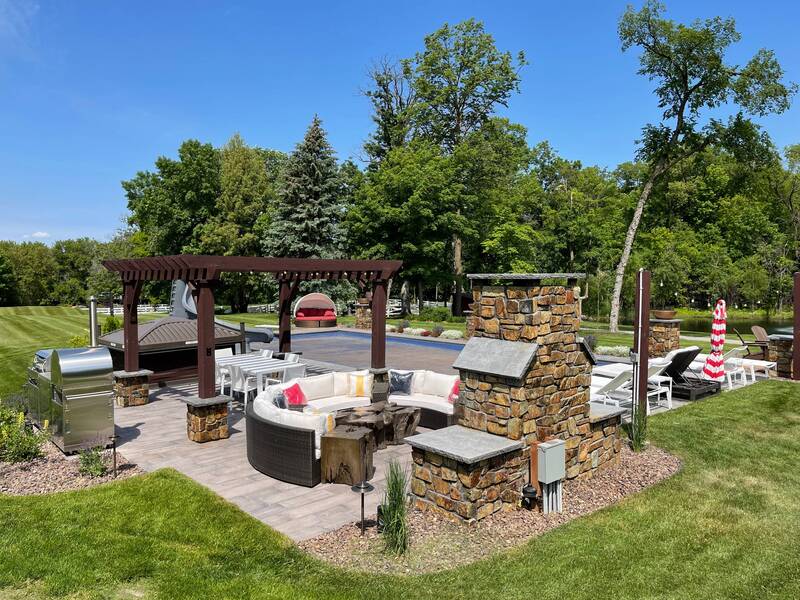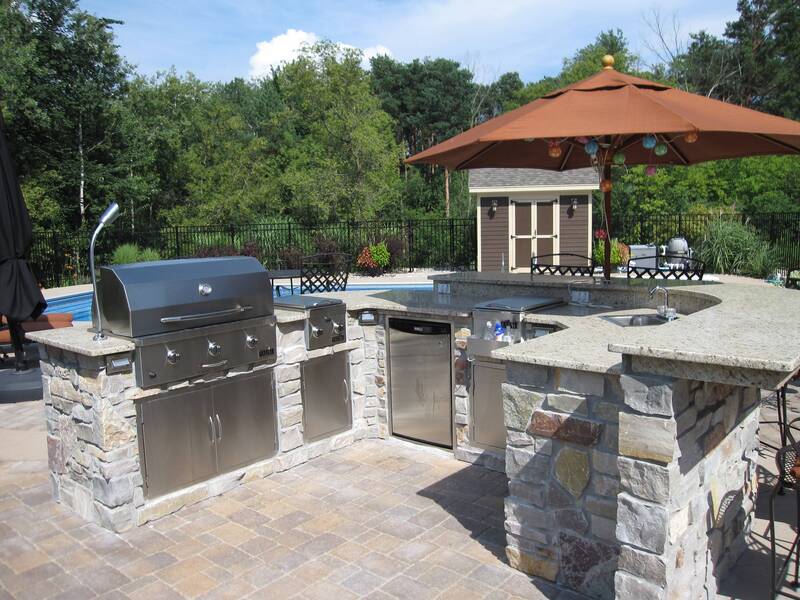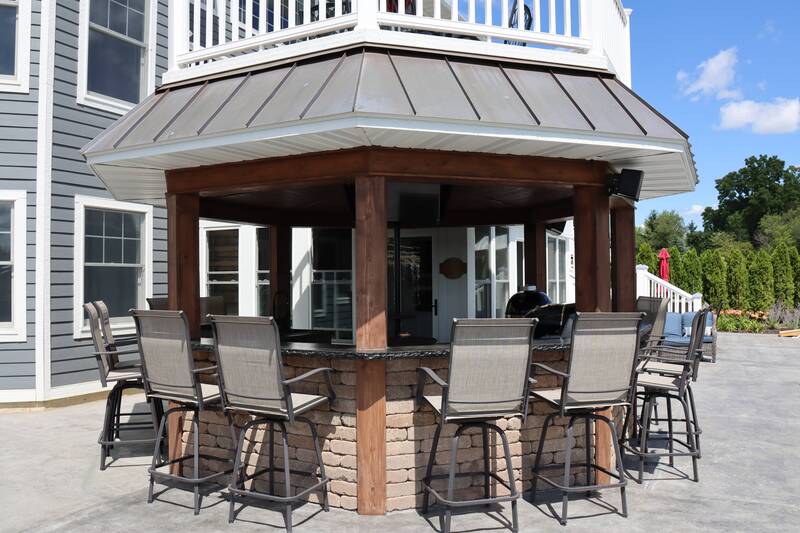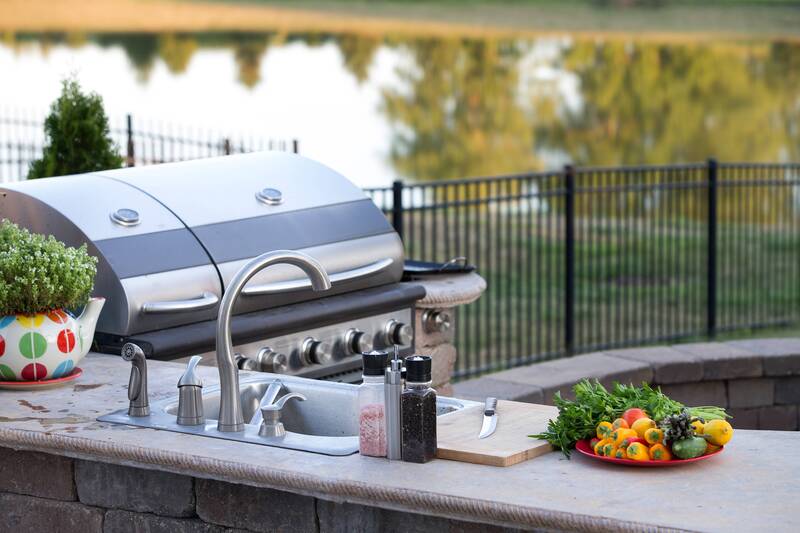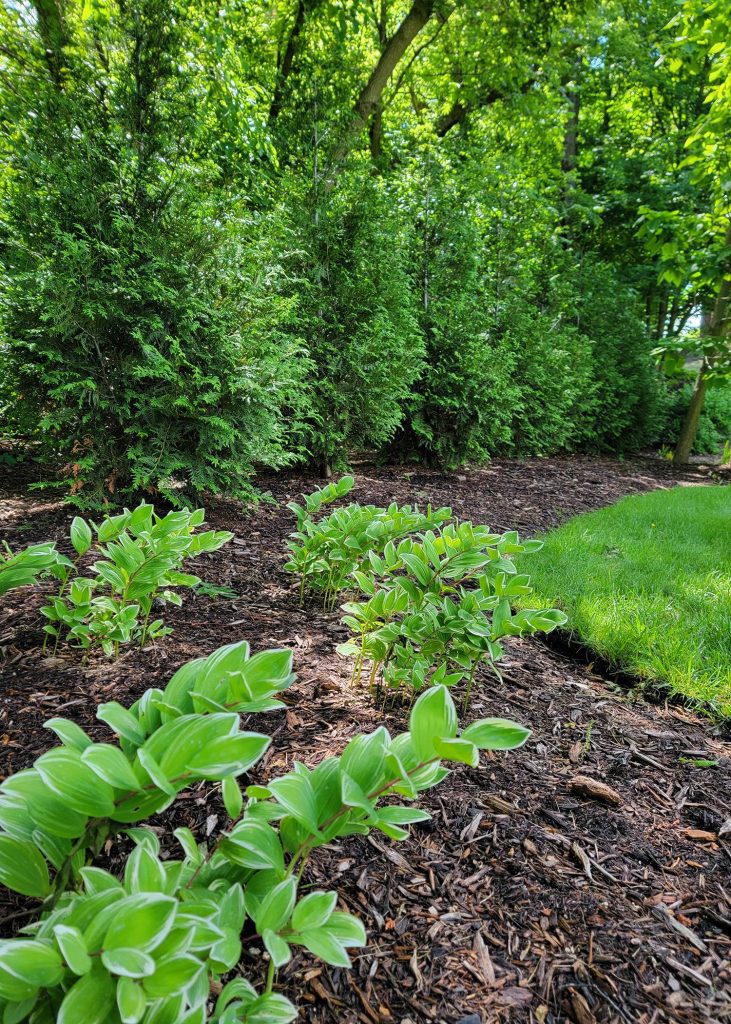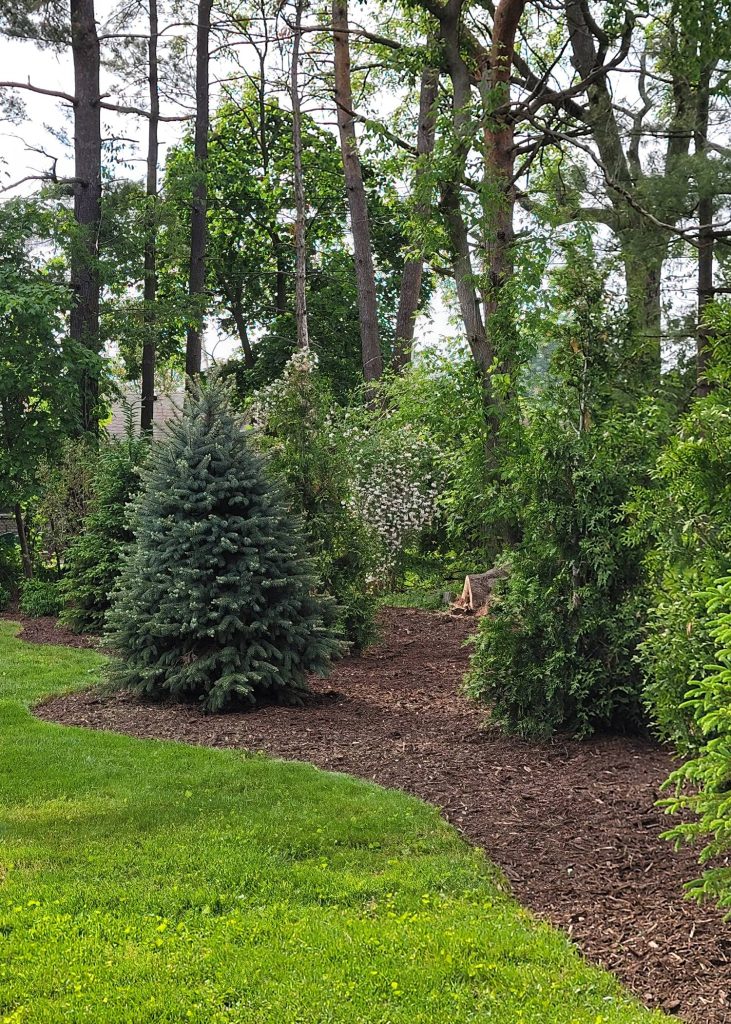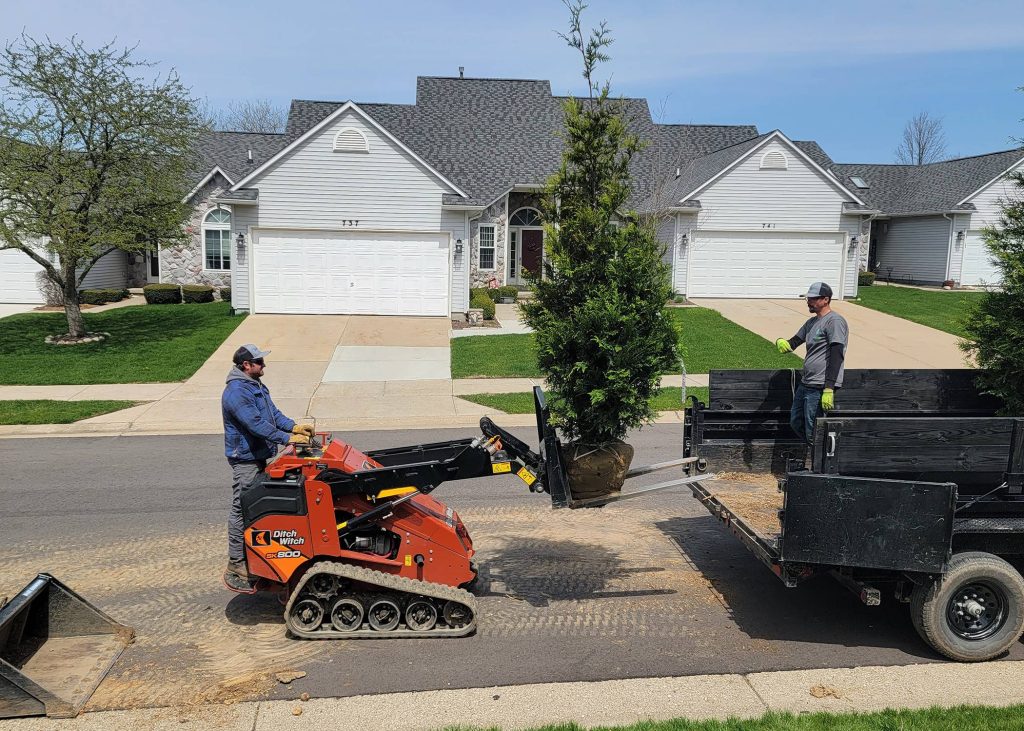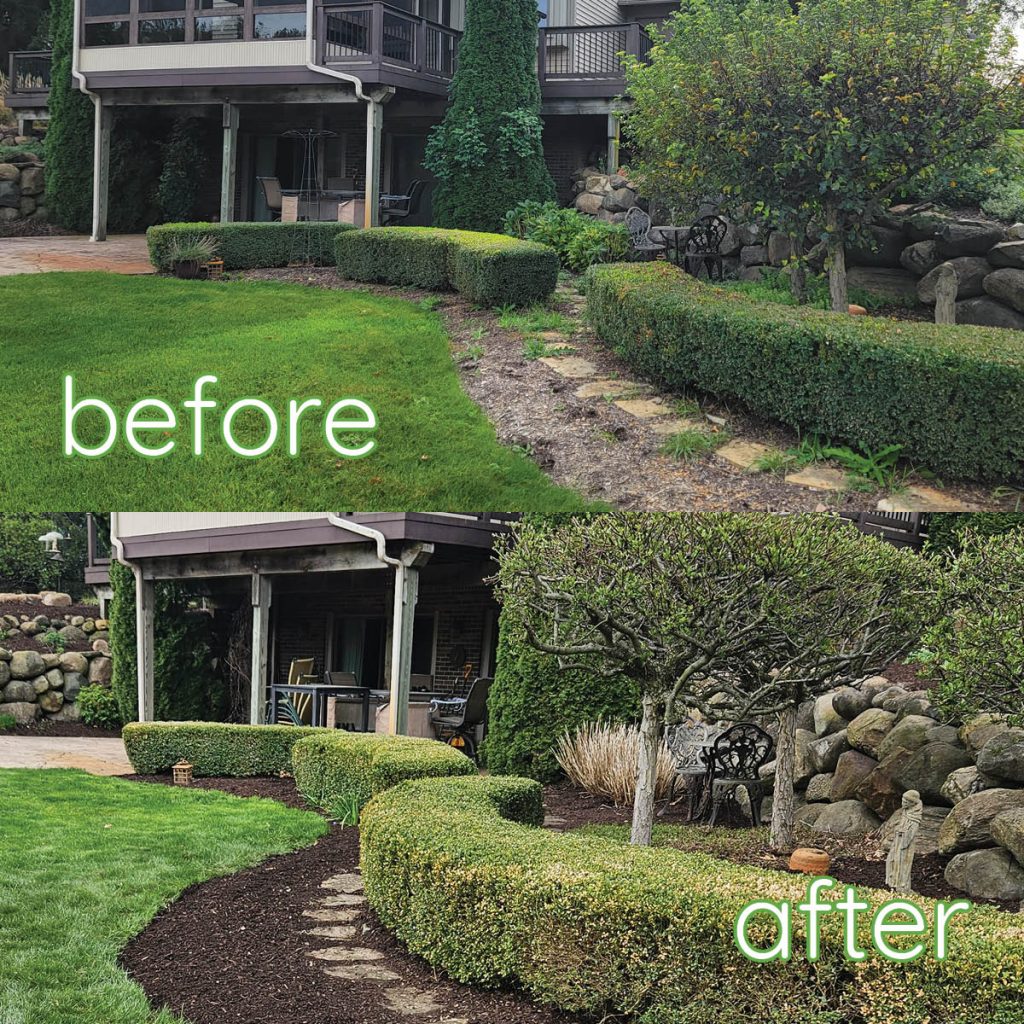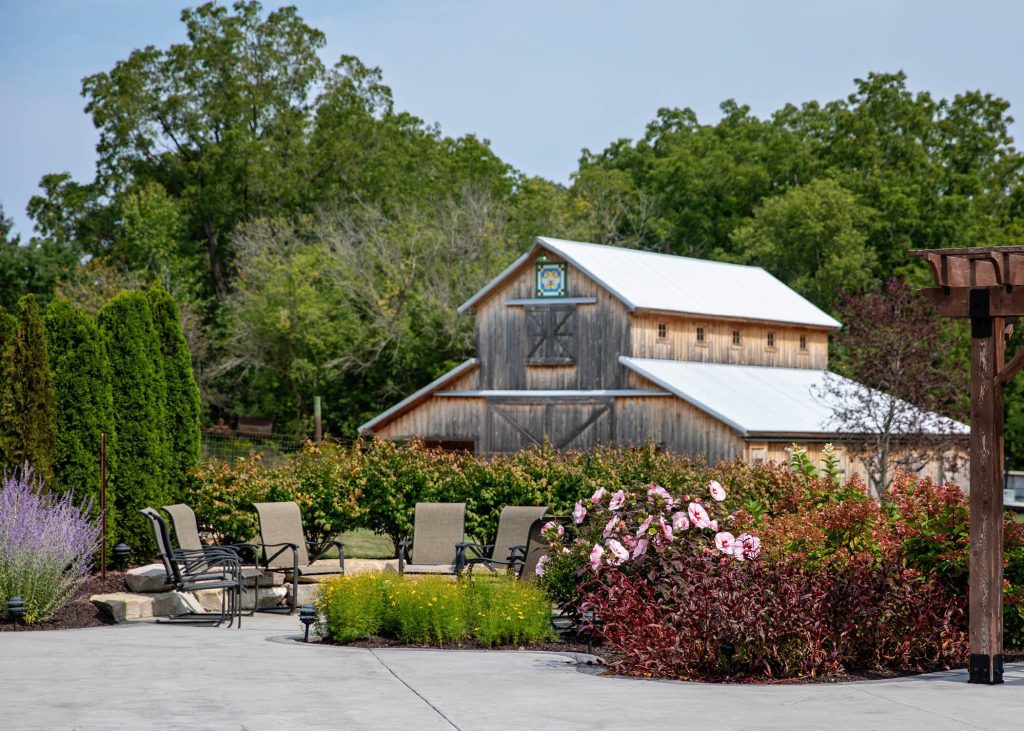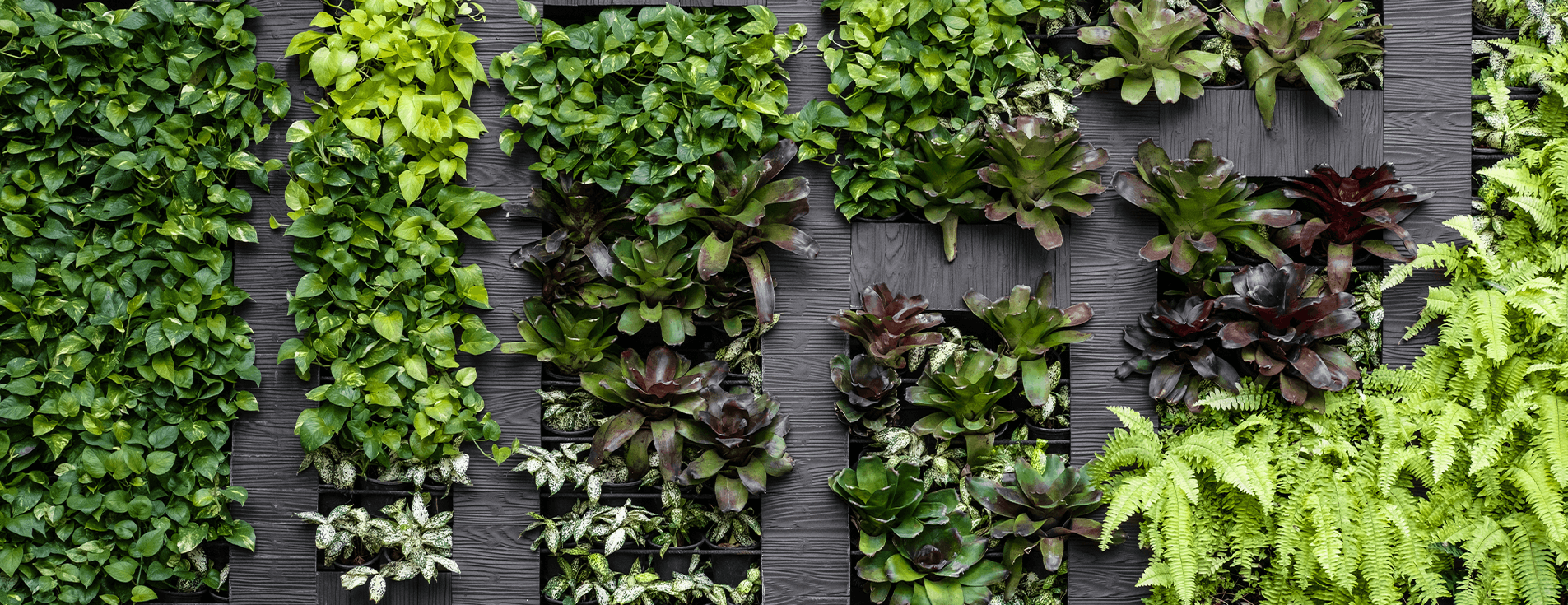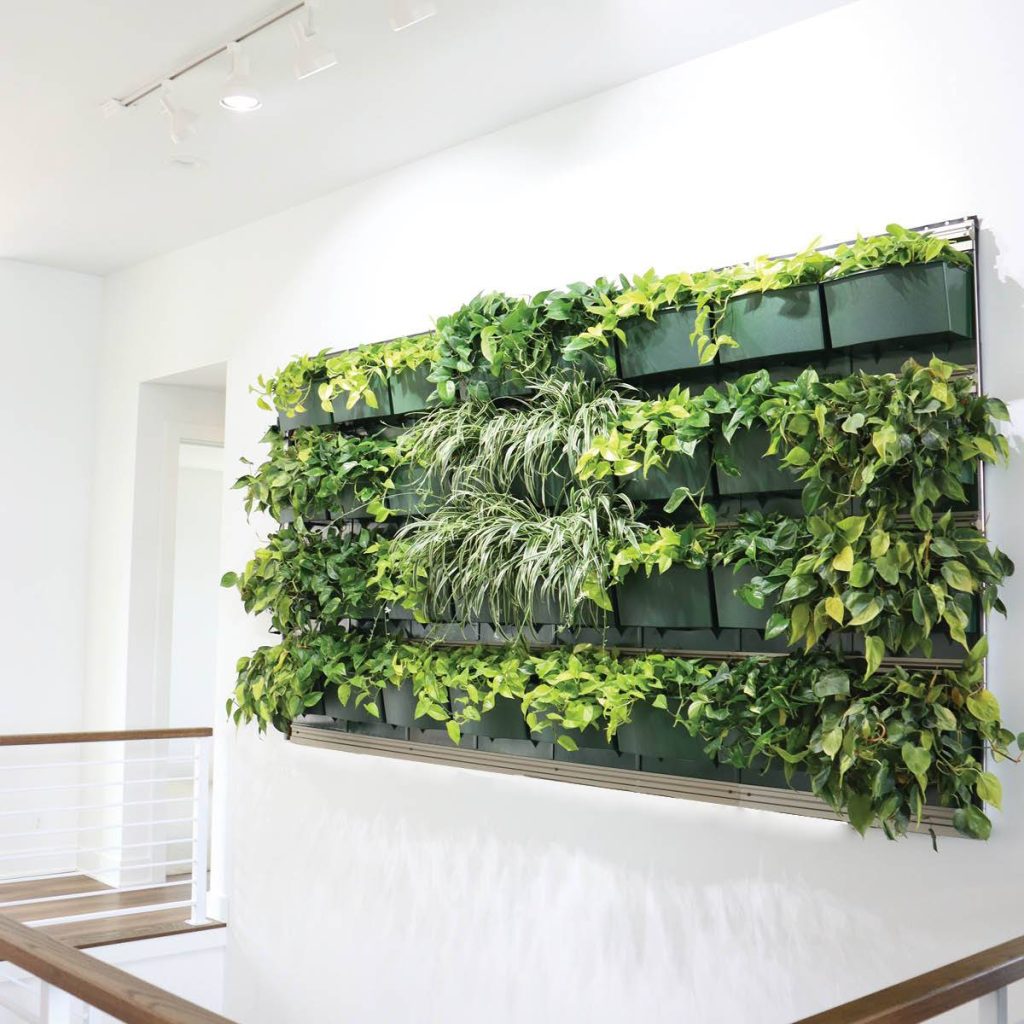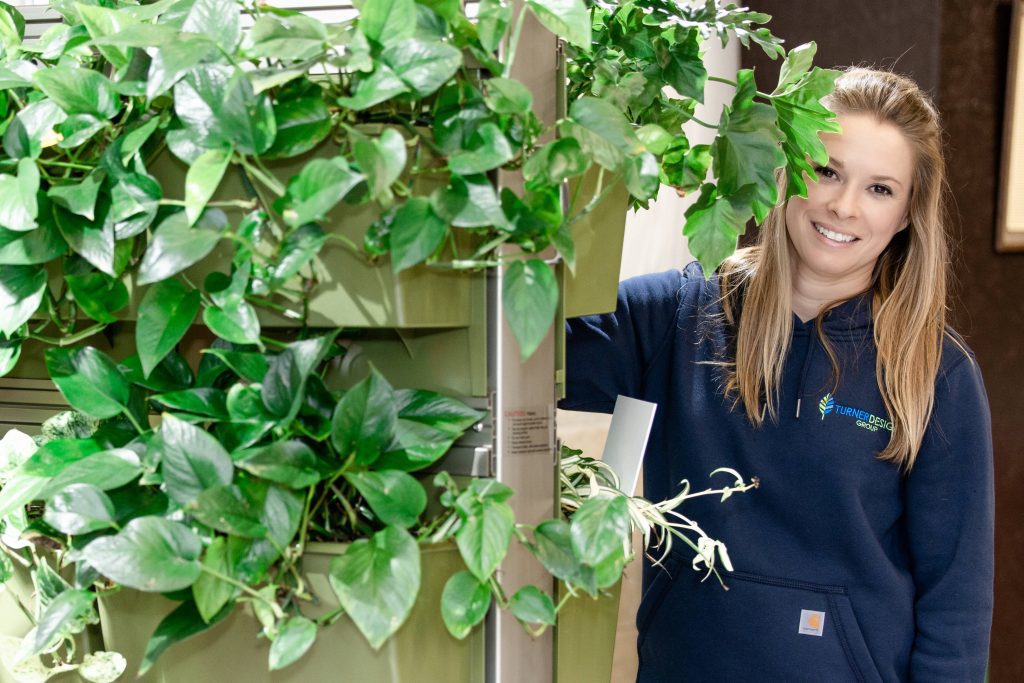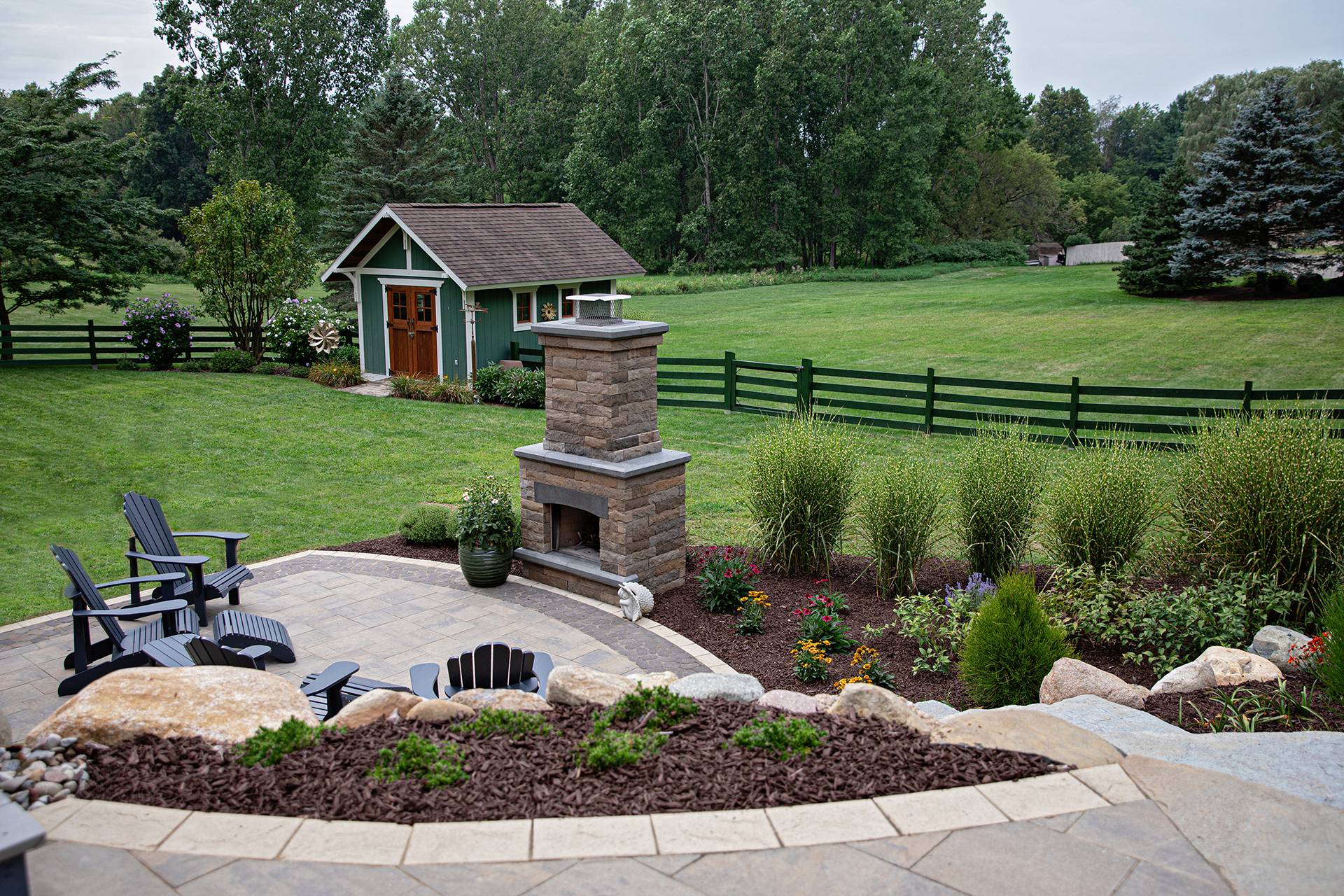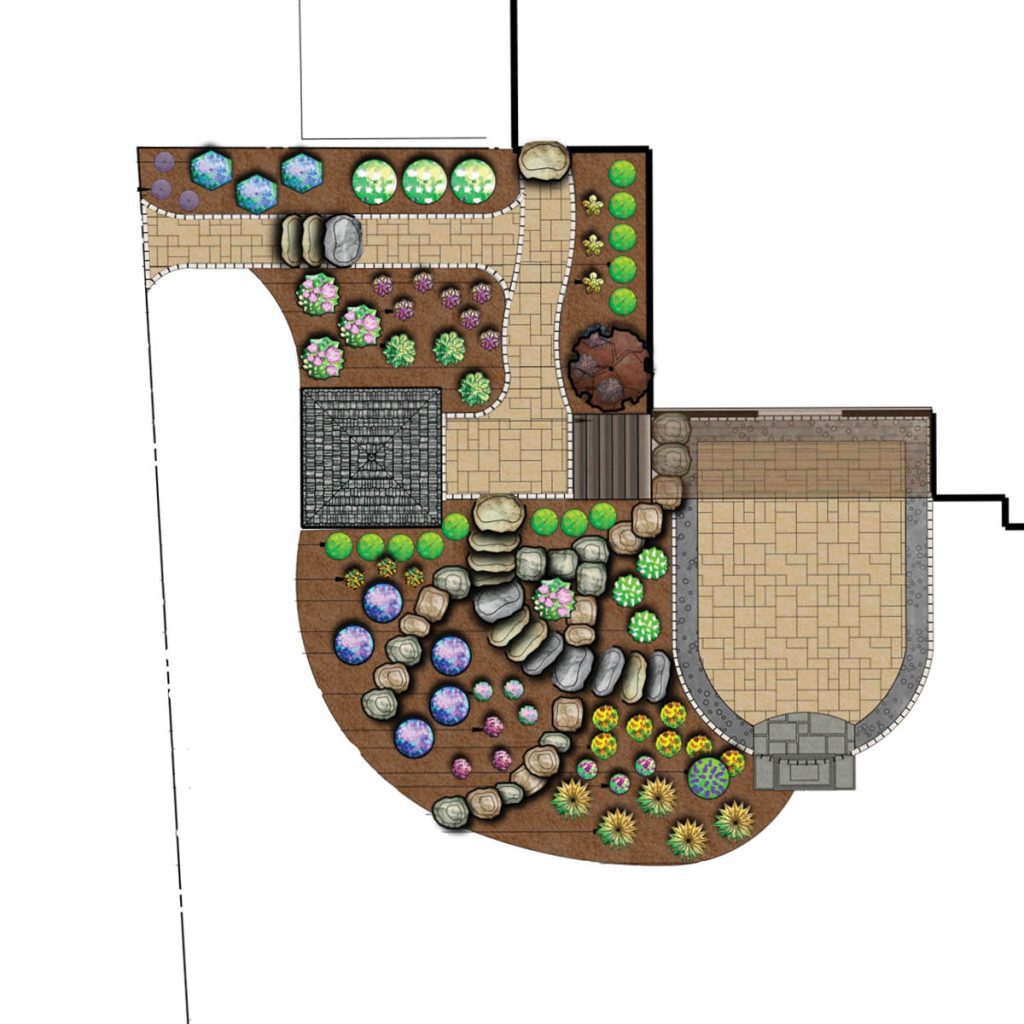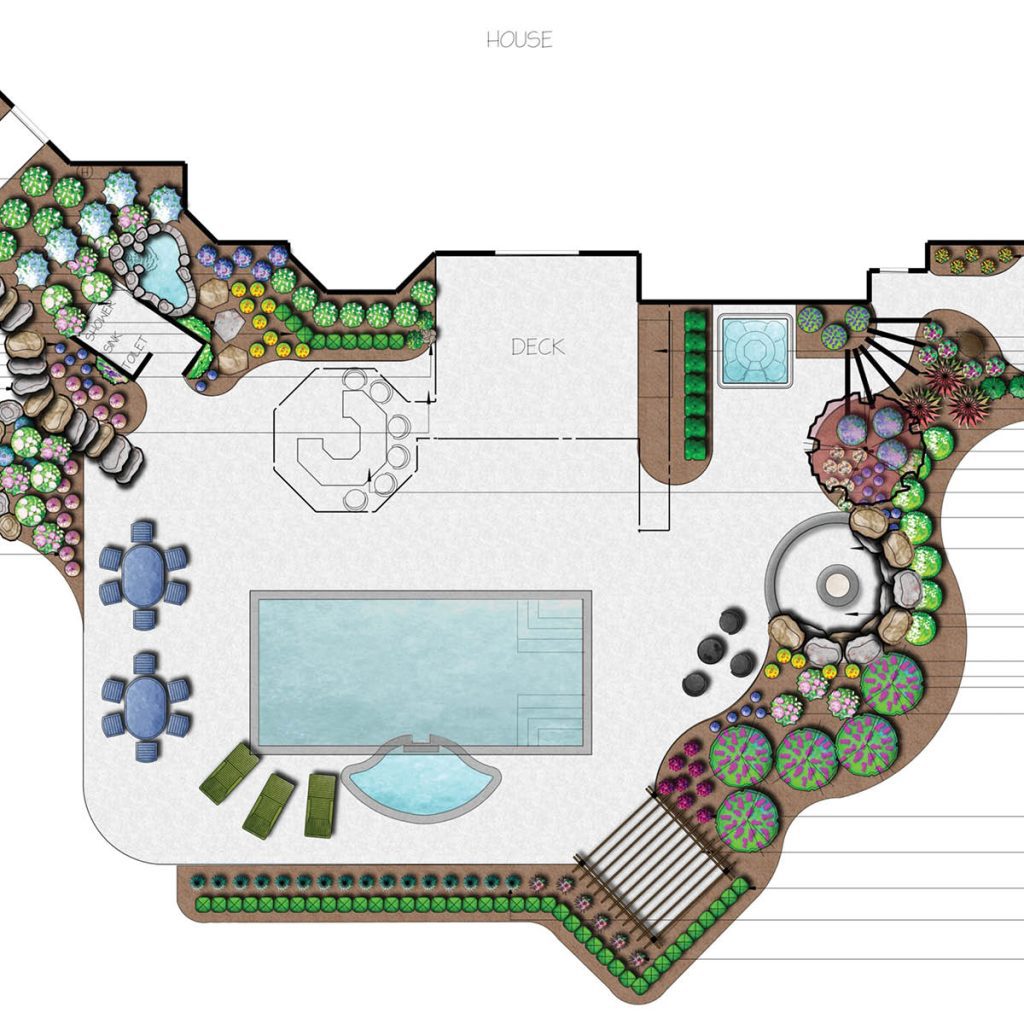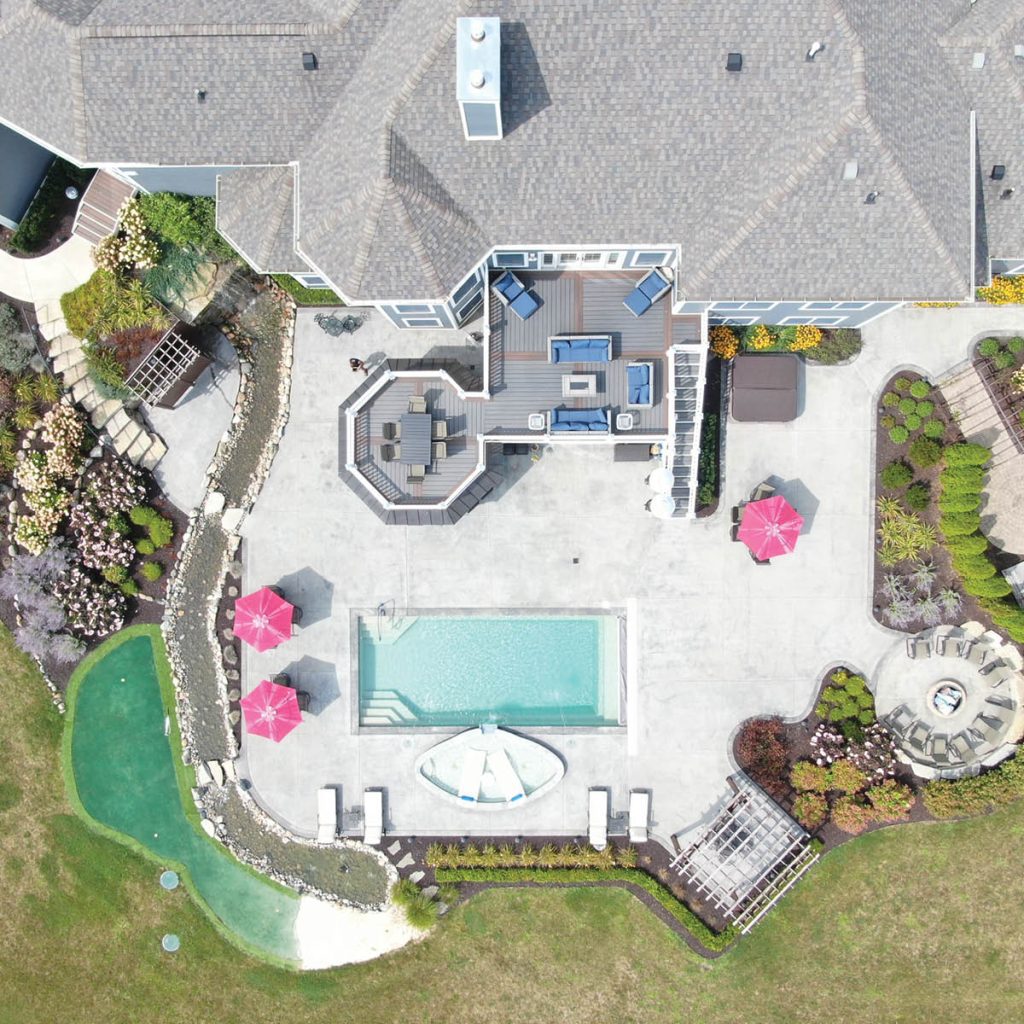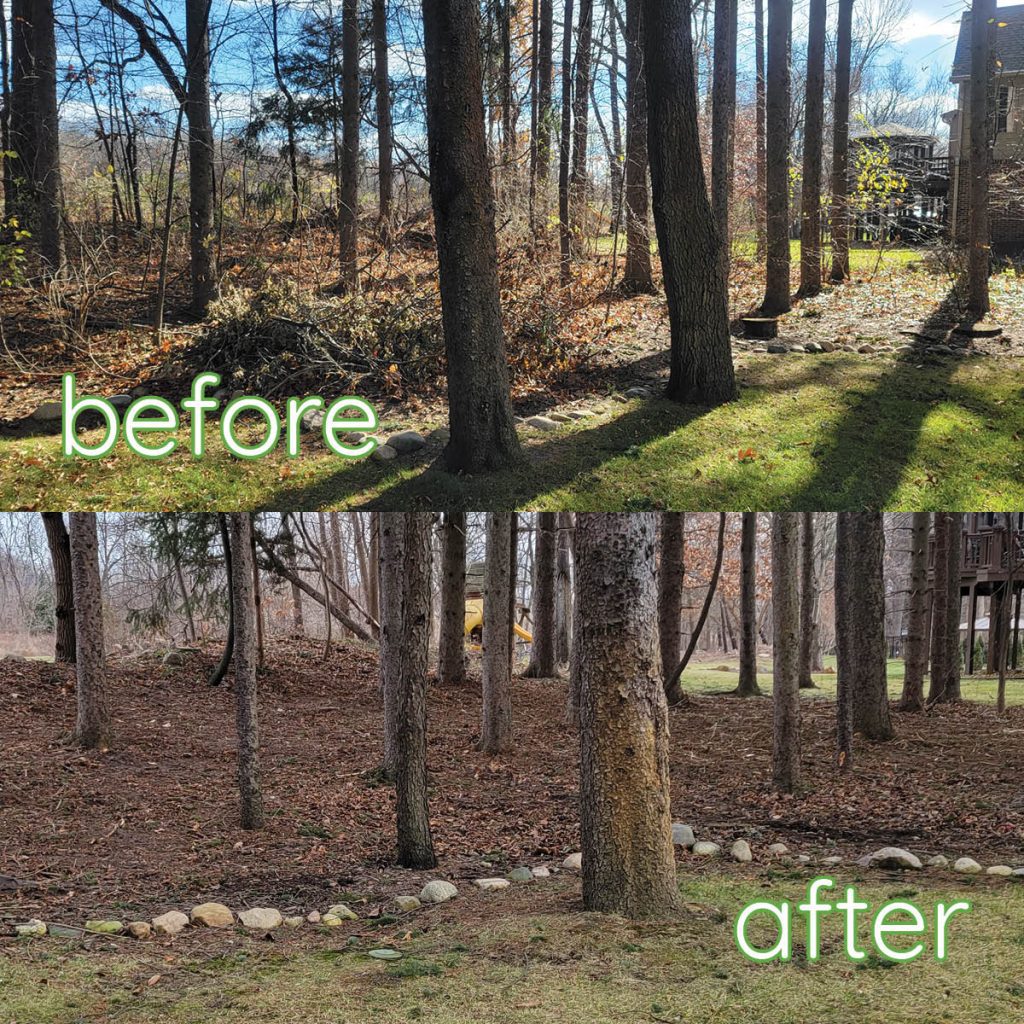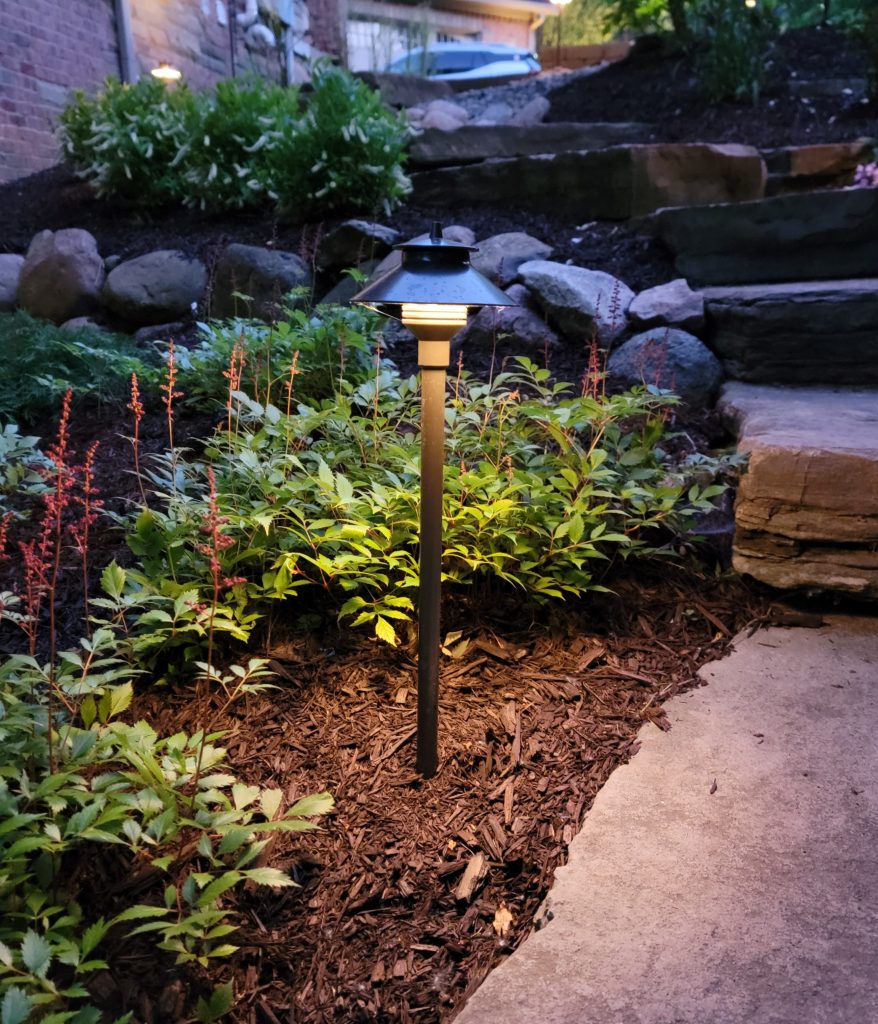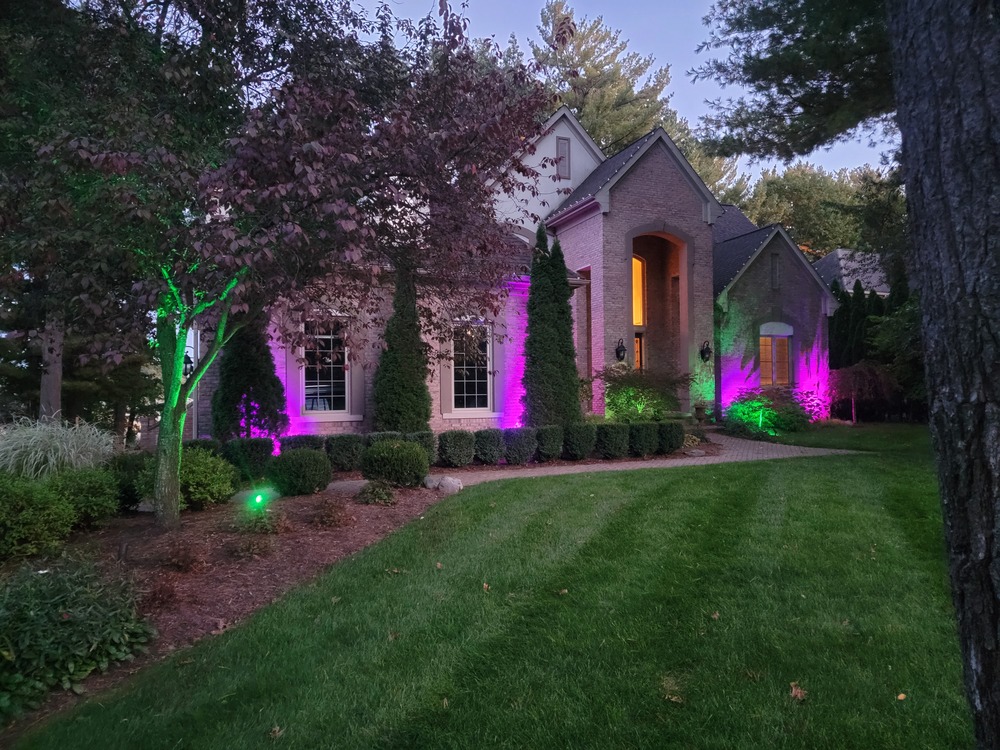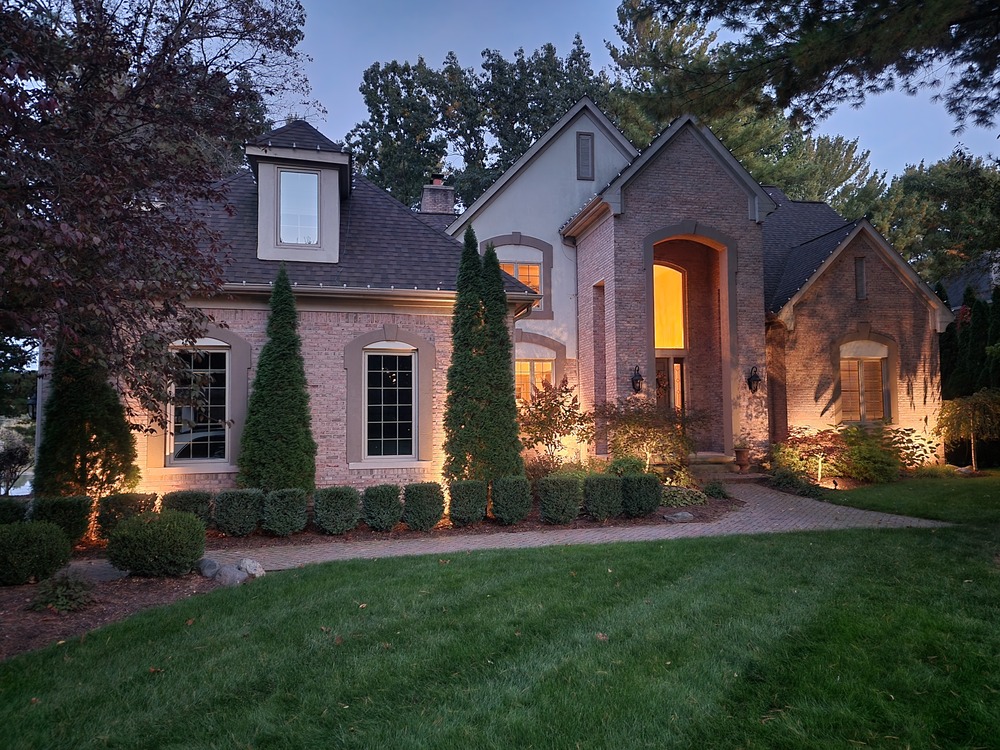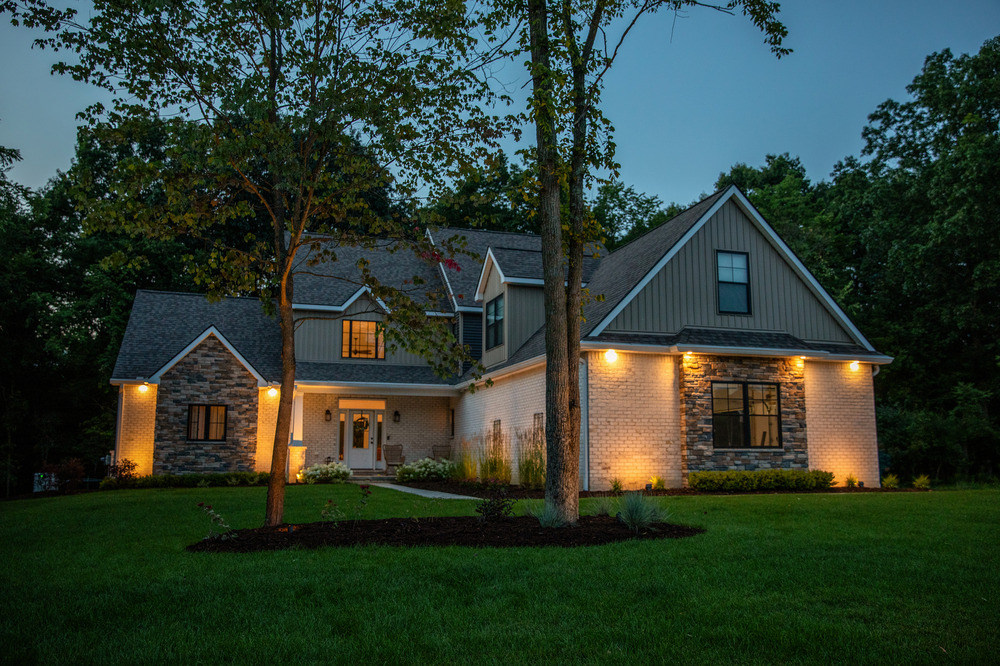Tips for Mid-Summer Fertilizing That Actually Help Your Plants
When July heat sets in, your landscape needs a little extra love. But giving your plants too much of a good thing—especially fertilizer—can do more harm than good. This month, we’re sharing the smart way to fertilize during the dog days of summer, without burning your foliage or stressing your perennials.
Choose the Right Fertilizer—And Read the Bag
Sounds simple, but most fertilizer issues start with ignoring the instructions. We recommend using a balanced, slow-release granular fertilizer (like a triple 14) for general landscape use. This provides steady nutrition without the shock of a liquid blast. And yes—read the label. It tells you exactly how much to use, and how often.
Watch Where It Lands
Granular fertilizers can damage foliage if the pellets sit on leaves in the hot sun. To avoid burns, always water your plants immediately after broadcasting—or better yet, use a leaf blower to knock stray granules to the soil. This simple step can save your hydrangeas from heartbreak 💔.
Granular vs. Liquid: What’s the Difference?
Liquid fertilizers (like hose-end sprayers with Miracle-Gro) deliver fast results but can lead to plant stress, especially on hot days. If you’re using liquid, apply it in the morning or evening when temperatures are cooler. Slow-release granular fertilizers are more forgiving and offer longer-term benefits with less risk of shock.
Know Your Plant Types
Different plants have different needs. Most of our fine gardening clients get a base-level application of triple 14 fertilizer, but we do customize for specific varieties:
- Hydrangeas need pH-specific adjustments to control bloom color: acidic for blue 💙, alkaline (like garden lime) for pink 🌸.
- Azaleas and hollies benefit from fertilizers made specifically for acid-loving plants.
Final Tip: Timing is Everything
Avoid fertilizing at high noon when the sun is strongest. Instead, plan applications for early morning or late evening when evaporation is low and your plants are most receptive.
Fertilizer can do wonders—but only if it’s applied correctly. Follow these tips and your summer landscape will thank you.


